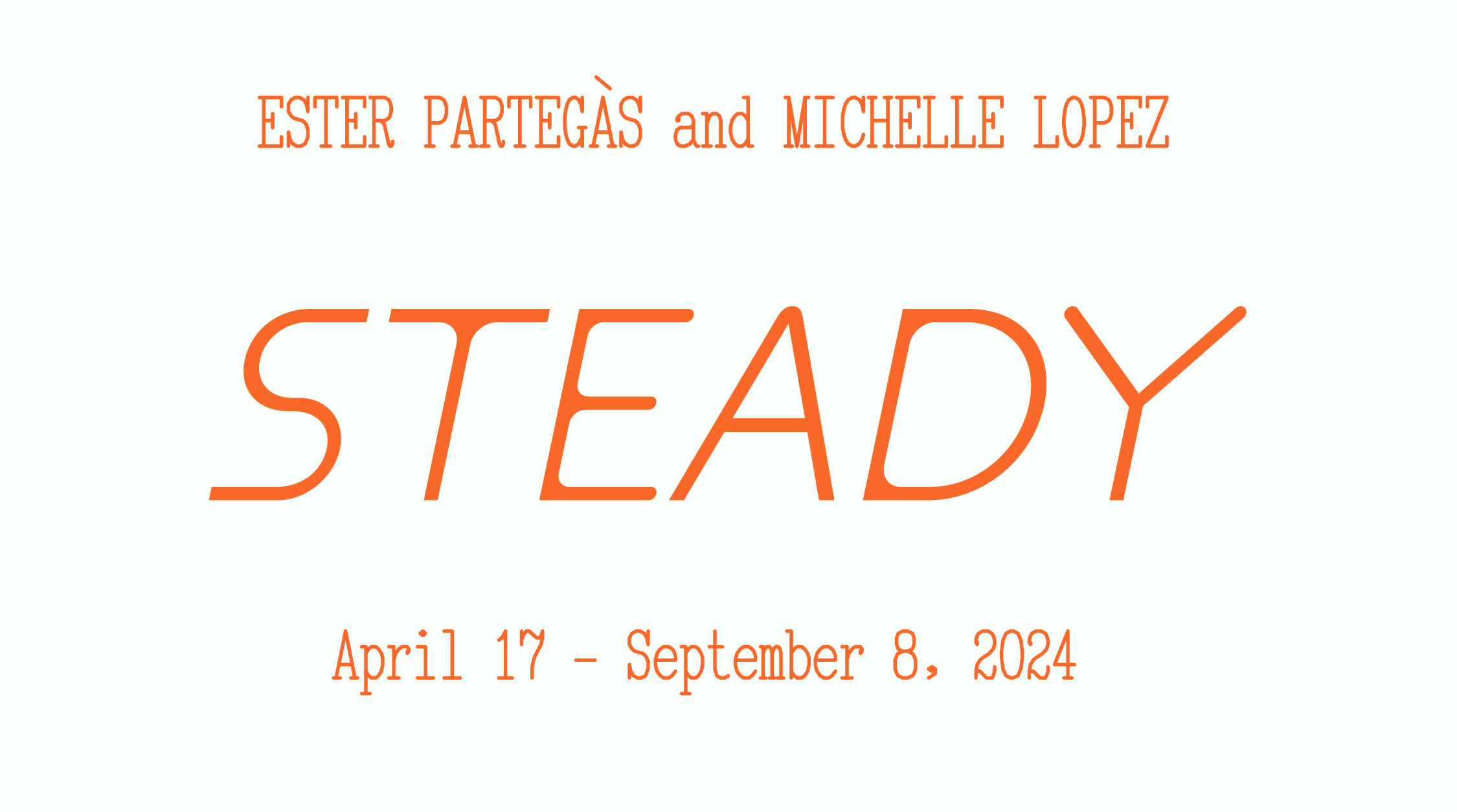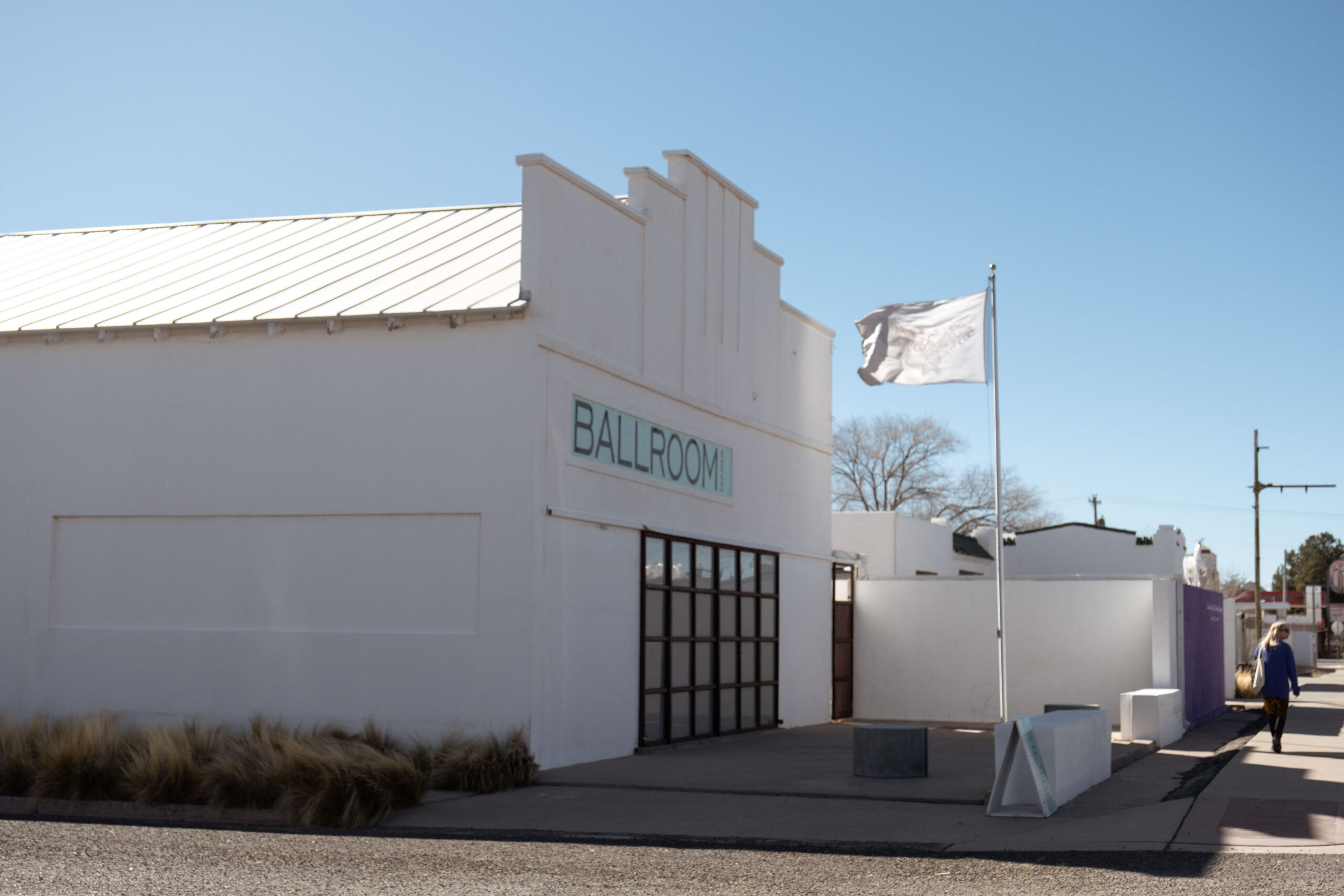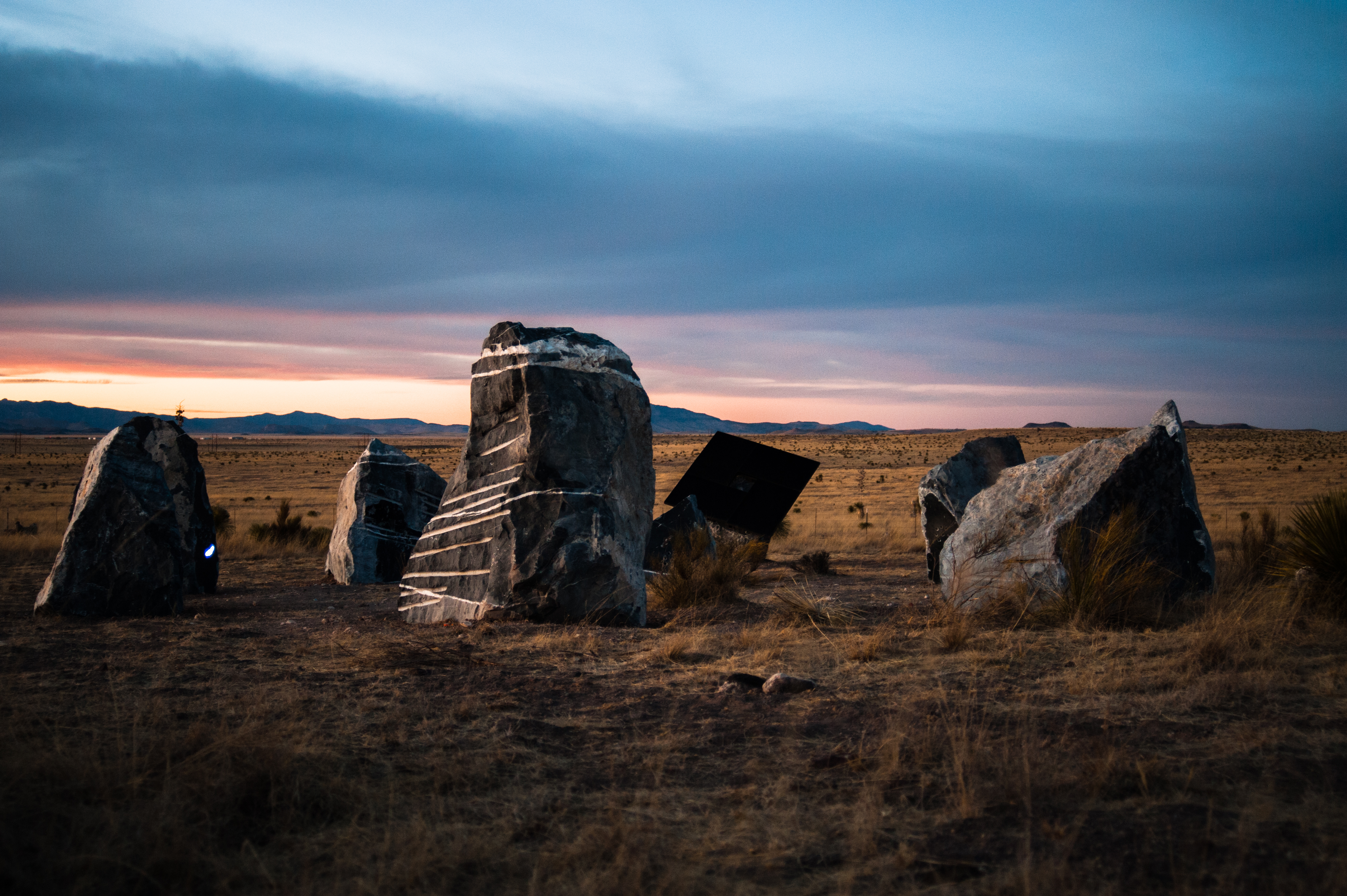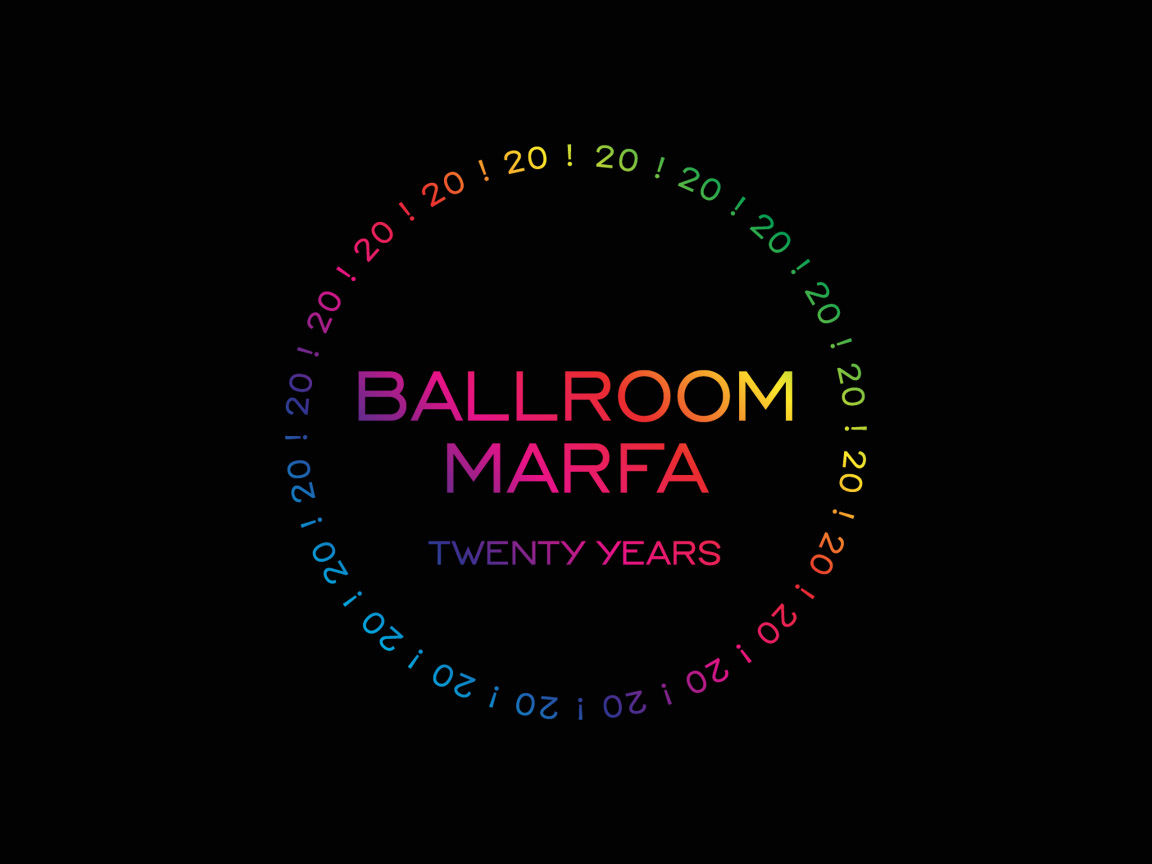
Natalia LL, Consumer Art, 1972- 1975, 16’01”. Courtesy of the artist and lokal_30 Gallery, Warsaw.
Future Ballroom Marfa curator, Tom Morton, recently curated a show entitled Panda Sex that runs from November 29 through January 2015 at State of Concept, a non-profit gallery based in Athens, Greece. Tom Morton will curate Ballroom’s Marfa’s Fall 2015 group exhibition, Äppärät.. Tom Morton is also a writer, and contributing editor of frieze magazine. His previous exhibitions include Mum & Dad Show (Cubitt Gallery London, 2007), How to Endure (1st Athens Biennial, 2007), British Art Show 7: In the Days of the Comet (Hayward Gallery London and touring, 2010-2011, co-curated with Lisa LeFeuvre) among many others.
An excerpt from State of Concept:
Twelve notes on ‘Panda Sex’:
1) ‘Panda Sex’ is not a group show that is ‘about’ this or that.
2) ‘Panda Sex’ is group show that is.
3) A thing that is has characteristics, ways of being.
4) ‘Panda Sex’ draws its characteristics from the species Alluropoda melanoleuca – the giant panda bear.
5) ‘Panda Sex’ is composed mostly of black and white works – including paintings, sculptures, videos, photographs, performances, sounds and smells – with occasional passages of colour. (Panda bears, of course, are colorful in the hidden zones of their bodies: their tongues, their gums, their genitals).
6) ‘Panda Sex’ is composed mostly of works that pay little attention to sexuality. (Panda bears have a notoriously brief breeding season, as fleeting as three days per year, making the ongoing survival of this species a conservational miracle. The current planetary population of wild pandas is estimated at 1,600)
7) ‘Panda Sex’ has no headline theme, no explicit thesis, no apparent claim to make about the shape of art, or of the world. All that seems to connect the works it brings together are their black and white livery, a few flashes of colour, and flickers, here and there, of sexual desire. It is a show that practices extreme curatorial restraint. (Panda bears, although able to metabolize a wide range of meats and vegetation, prefer to subsist on a diet that is 99% bamboo. In her 2013 essay Radical Bears in the Forest Delicious, the nature writer Amy Leach posits that ‘Pandas have their own wisdom, unaccountable and unamendable, whose roots shoot down deeper than we can penetrate, and if they mind anyone at all it is someone more elusive than man’).
8) ‘Panda Sex’ is concerned with how, not what, an exhibition might mean. It takes it as axiomatic that the work of art will always exceed its exhibition context. This is perhaps best contemplated while chewing on a mouthful of bamboo.





















